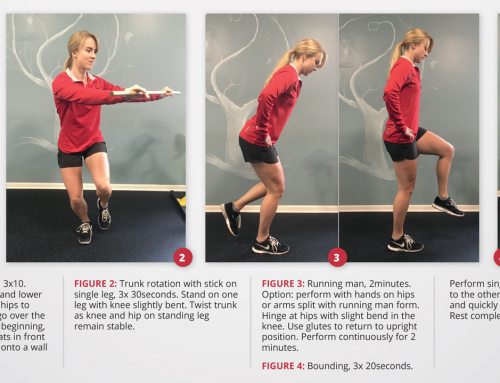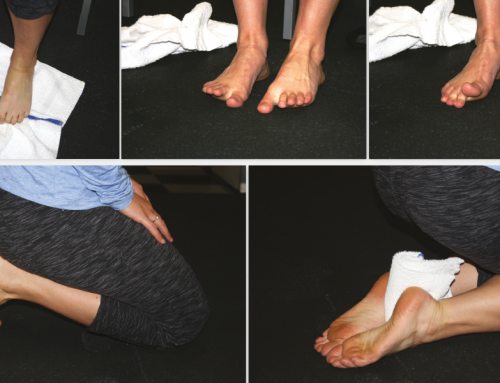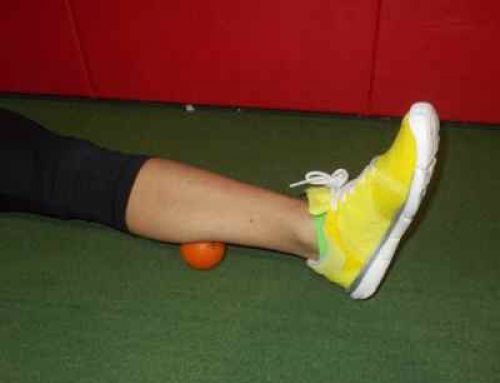Pain or Gain? Know When to Seek Help
By Dr. Wil Silver
Nagging pain in your heel? Burning pain in the outside of your knee? At some point, we all experience some level of discomfort from exercise. Knowing when to run through discomfort and when to seek medical help can make the difference between participating in an event and sitting it out. Such injuries vary in their severity and in the amount of time it takes to recover from them. Learning about the most common training injuries and their causes can help you prevent your own running injury and decide how to treat one if it does occur.
There are two basic types of pain that may occur from running: 1) acute injuries that occur as a result of a traumatic event (such as an ankle sprain) and 2) overuse injuries. Most acute injuries are unpredictable and therefore hard to prevent. Generally, pain that results from an acute injury should be evaluated by a doctor if it doesn’t progressively improve over a few days time.
Overuse injuries, on the other hand, develop over time and are generally more subtle. They are characterized by structural breakdown of tissue due to repetitive movement. During any exercise activity, microtrauma occurs to muscle, tendon, ligaments, and bones. Under normal circumstances, the body is able to repair the damage associated with the microtrauma, adapting to the stresses involved and, in the process, becoming stronger. However, when the balance between breakdown and recovery is disrupted, an overuse injury may occur.
The most common overuse running injuries are, in order: patellofemoral pain syndrome, iliotbial band friction syndrome, plantar fasciitis, meniscus tears (also a common acute injury), tibial stress syndrome, achilles tendinopathy, and patellar tendinopathy. With the exception of meniscus tears, the disruption between tissue breakdown and recovery typically is caused by muscle imbalance, particularly tightness. Therefore, treatment usually involves stretching the overly tight tissues. Basic, specific, physical therapy exercises for treatment of these, and a variety of other injuries, can be found at: www.med.umich.edu/1libr/sma/sma_index.htm.
Proper shoewear selection can also play a role in both the genesis and the treatment of many of these injuries. For example, since motion control and stability shoes made their debut, the incidence of iliotibial band friction syndrome has doubled. One proposed explanation is that these shoes are overly recommended to runners who may not need them. A reputable running store (ask around) is your best bet for being properly fit.
Injuries associated with overuse can progress to more serious medical problems (stress fractures, for example); therefore, you should seek medical treatment for pain that persists after trying rest and stretching exercises and considering shoewear changes. You should also get help for sharp or stabbing pain, pain that causes a limp or altered stride, pain that worsens while walking or during running, or a decreased range of motion or swelling of a joint.
# # #
A Triangle native, Dr. Silver is board-certified and specializes in the arthroscopic treatment and reconstructive surgery of shoulder and knee injuries. Advanced areas of training include arthroscopic rotator cuff and shoulder instability repair, shoulder replacement, and ACL reconstruction. He earned his undergraduate degree from Duke University and his M.D. from Wake Forest University. He completed his orthopedic surgery residency training at Duke University and his fellowship training in sports medicine at UNC- Chapel Hill, where he assisted in the care of Tar Heel athletes. For more information, please visit www.triangleortho.com






